Tennis Elbow (Lateral epicondylitis)
Table of Contents
What is Tennis Elbow?
Tennis elbow, commonly known as Lateral epicondylitis, is swelling of the tendons that bend your wrist backward away from your palm.
The tendon most likely involved in the elbow is called the extensor carpi radialis brevis.
It is usually seen in both men and women between the ages of 30 to 50 years.
What are the Causes of Tennis Elbow?
Tennis elbow is caused by repetitive movement such as gripping any object or racket during a swing it can strain the muscles and put too much stress on the tendons.

Tennis elbow might result from:
- Tennis
- Squash
- Racquetball
- Weight lifting
- Fencing
People can also affect by jobs or hobbies that require repetitive arm movements or gripping such as:
- Carpentry
- Typing
- Painting
- Raking
- Knitting
Signs and Symptoms:
It is usually the result of overuse. Symptoms tend to come on slowly. Pain may worsen over weeks and months.
Signs of tennis elbow include:
- Burning or pain on your outer elbow that may travel to your wrist (these sensations may worsen at night).
- Stiffness or pain when extending your arm.
- When gripping small objects, such as a pen
- Twisting a forearm, such as opening a jar or turning a door handle.
Tennis elbow usually lasts between 6 months and 2 years, with most people (90%) fully recovering within a year.
Investigation:
It is diagnosed with a physical examination and the history of the patient.
Physical exam:
During the physical exam, the therapist will visually inspect and touch the patient’s elbow and arm—and possibly other joints in the body. Generally, lateral epicondylitis is assumed when the therapist pushes on the lateral epicondyle (or the outer surface of the elbow) and the pain is reproduced.
The therapist may test nerve reflexes with a hammer, and will also check bone and joint alignment. The patient’s skin may be inspected for signs of rheumatoid arthritis, and blood may be taken to check for signs of these or other autoimmune disorders. The therapist may also ask patients to hold their affected arm out straight and then press their hands and fingers back to see if this causes pain.
Diagnostic Imaging:
Usually, tennis elbow does not require any diagnostic imaging, scan tests may be ordered to rule out other possible causes of the patient’s symptoms. For example:
X-rays: Tennis elbow will not show up in X-rays, they can be used to detect other conditions, such as bone fractures, joint misalignment, and so on.
Magnetic resonance imaging (MRI): MRI will help rule out other problems in the elbow, such as cartilage injuries or ligament tears.
Electromyography (EMG): If the doctor assumed that the patient’s elbow symptoms are caused by nerve compression or entrapments in the elbow, this test may be ordered to test nerve conduction.
Power Doppler ultrasound: This type of ultrasound is used to diagnose tests for tennis elbow and other types of tendon problems, and it may be used to rule out tennis elbow.
Treatment of Tennis Elbow:
Medical Treatment:
Approximately 80 to 90% of patients have success with medical treatment with Physiotherapy treatment and exercise.
Rest: The first step of recovery is a proper rest of the arm. This means that the patient will have to stop or reduce involvement in sports, heavy work activities, and other activities that cause painful symptoms for several weeks.
Medications: Nonsteroidal anti-inflammatory drugs (NSAIDs) may be taken to help reduce pain and swelling.
Physical therapy: Specific exercises are also helpful for strengthening the muscles of the forearm. A therapist may also perform ultrasound, ice massage, or muscle-stimulating techniques to improve muscle strength.
Wrist stretching exercise with the elbow extended.
Brace: Using a brace over the back of your forearm may also help relieve the pain and symptoms of the tennis elbow.
Counterforce brace.
Steroid injections: Steroids are very effective anti-inflammatory medicines. The doctor may also decide on an alternative option for reducing the pain, such as injecting the painful area around the lateral epicondyle with a steroid.
Surgical Treatment:
In nonsurgical treatment, if any symptoms do not respond after 6 to 12 months, the doctor may recommend surgery.
Open surgery: In this procedure, the tennis elbow involves removing diseased muscle and reattaching healthy muscle back to the bone. This involves making an incision over the elbow.
Surgical risks: In any surgery, there are many risk factors. The most common surgical risk are:
- Infection
- Nerve and blood vessel damage
- Loss of strength
- Loss of flexibility
Exercises for tennis elbow:
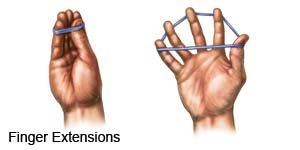
Finger stretch with rubber band:
Place a rubber band around the patient’s thumb and fingers, and slightly cup their hand. And asked to them gently spread thumbs and fingers apart and then back together. Repeat 10 times for three sets.
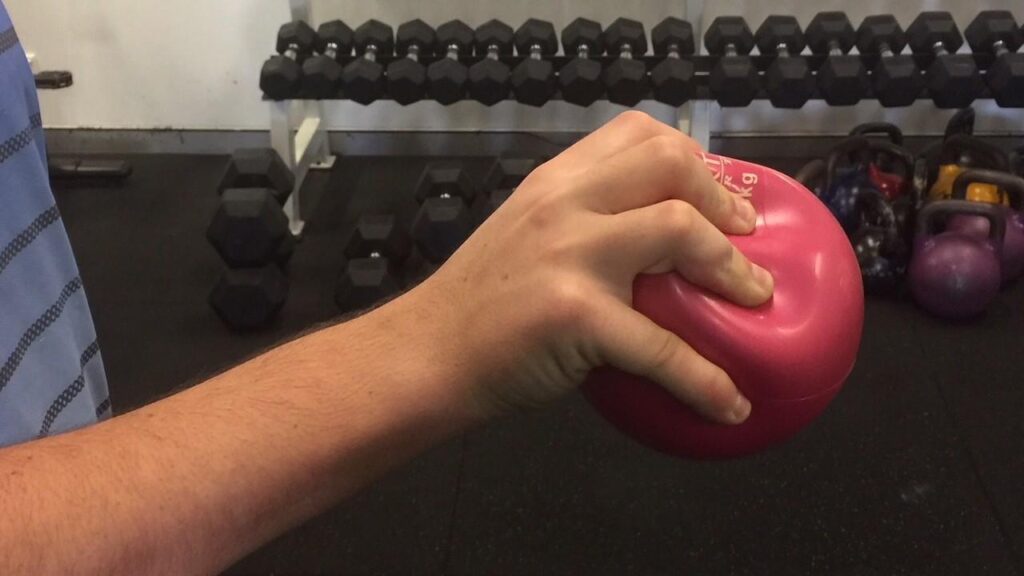
Grip:
This exercise will be done with any soft objects such as a smiley ball or a small rubber ball, hold an object in hand and squeeze continuously for 10 to 15 minutes, two or three times a day.
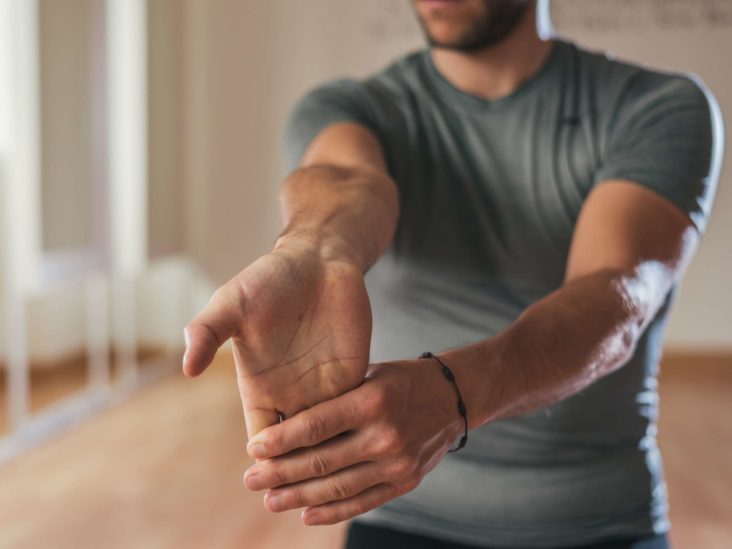
Downward wrist stretch:
Hold one arm straight out, and hold the hand with the other hand. Slowly bend the wrist down (and slightly out) until feel a stretch. Hold for 15 to 30 seconds, then relax. Repeat two or three times.
Wrist curl (Palm up, Palm down):
The forearm is placed flat across a table with the palm facing upward. Place a weight or exercise band across the palm for resistance. Use another hand to pull the wrist back toward the body. Slowly (within five seconds) move the wrist back to the starting position. Repeat this exercise with the palm facing down while holding the suspended weight or exercise band. Repeat each exercise 10 times for three sets.
Elbow curls (Palm up, palm down):
One foot is in front of the other. One end of an exercise band is put under the hinged foot, and hold the other end with your hand using one of two grips. Pull the band up with your hand, and bend your arm toward your shoulder. You can use a dumbbell instead of an exercise band.
Forearm pull (optional):
Stand with knees slightly bent. Hold the weight bar at shoulder level with palms down and upper arms close to the sides of the body. Push the weight down then back up. Repeat 10 times for three sets.
Forearm Twist (optional):
Sit with forearm supported. Hold a hammer with your palm down. Gently rotate your forearm upward and then down as far as can before feeling pain.
Electrotherapy modalities:
There are different types of physiotherapy that aim to reduce pain and improve function via an increase in energy (electrical, sound, light, magnetic, or thermal) in the body.
Ultrasound:
Therapeutic ultrasound supplies energy to deep tissue sites through ultrasonic waves. The purpose of treatment is to increase tissue temperature and induce non‐thermal physiological changes, which are believed to promote body tissue healing and muscle relief.
Transcutaneous electrical nerve stimulation (TENS):
Delivers electrical stimulation via electrodes placed over the entire skin surface near the source of pain to activate underlying nerves.
LASER:
Low‐level laser therapy generates a beam of light that has the potential to deliver light energy to tissue depths below the skin.
Self-care advises:
you can take may stop tennis elbow from developing or coming back include:
stop such activities which cause pain and find another path to doing it also ignore using your wrist and elbow more than the rest of your arm.
Increase your forearm muscle strength.
Wear a splint while doing work or activities.


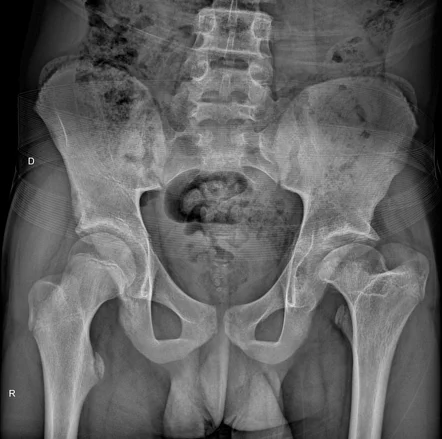
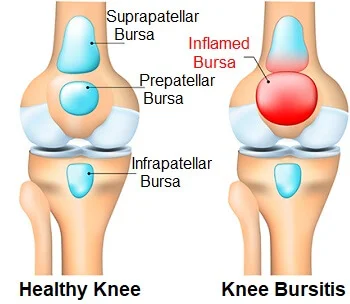

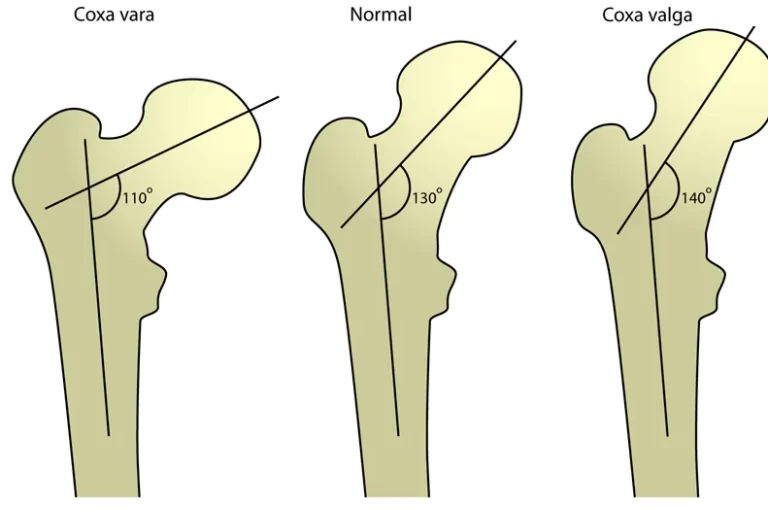
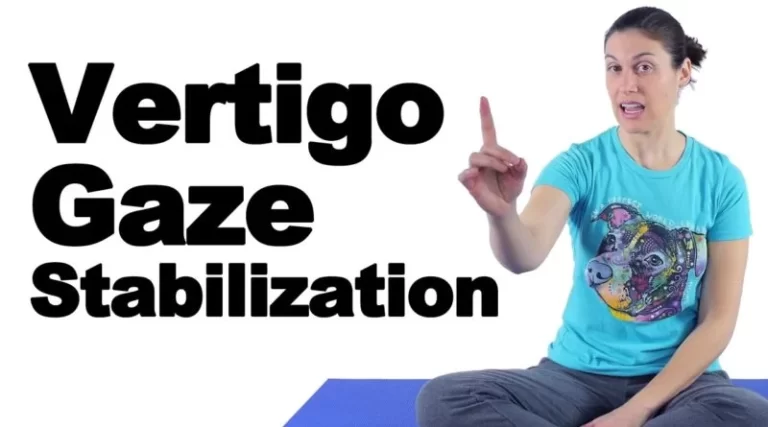
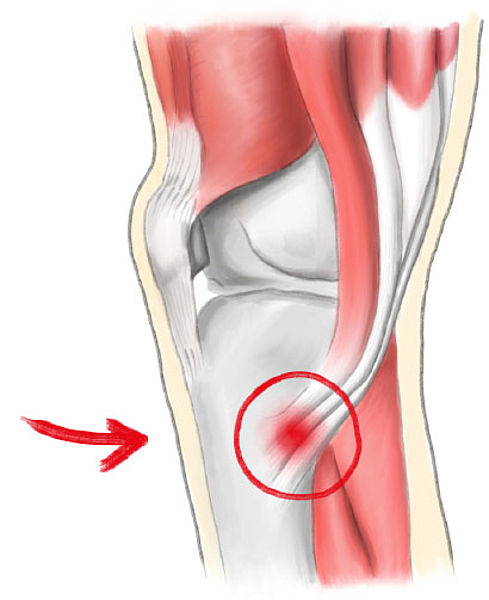
6 Comments